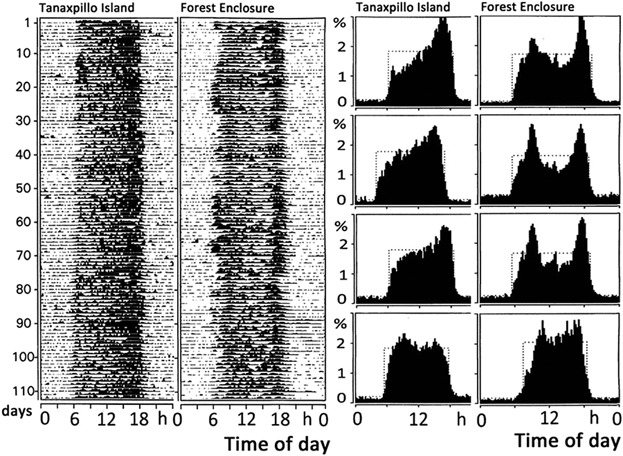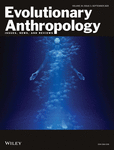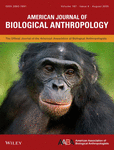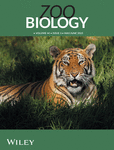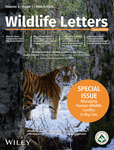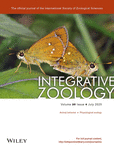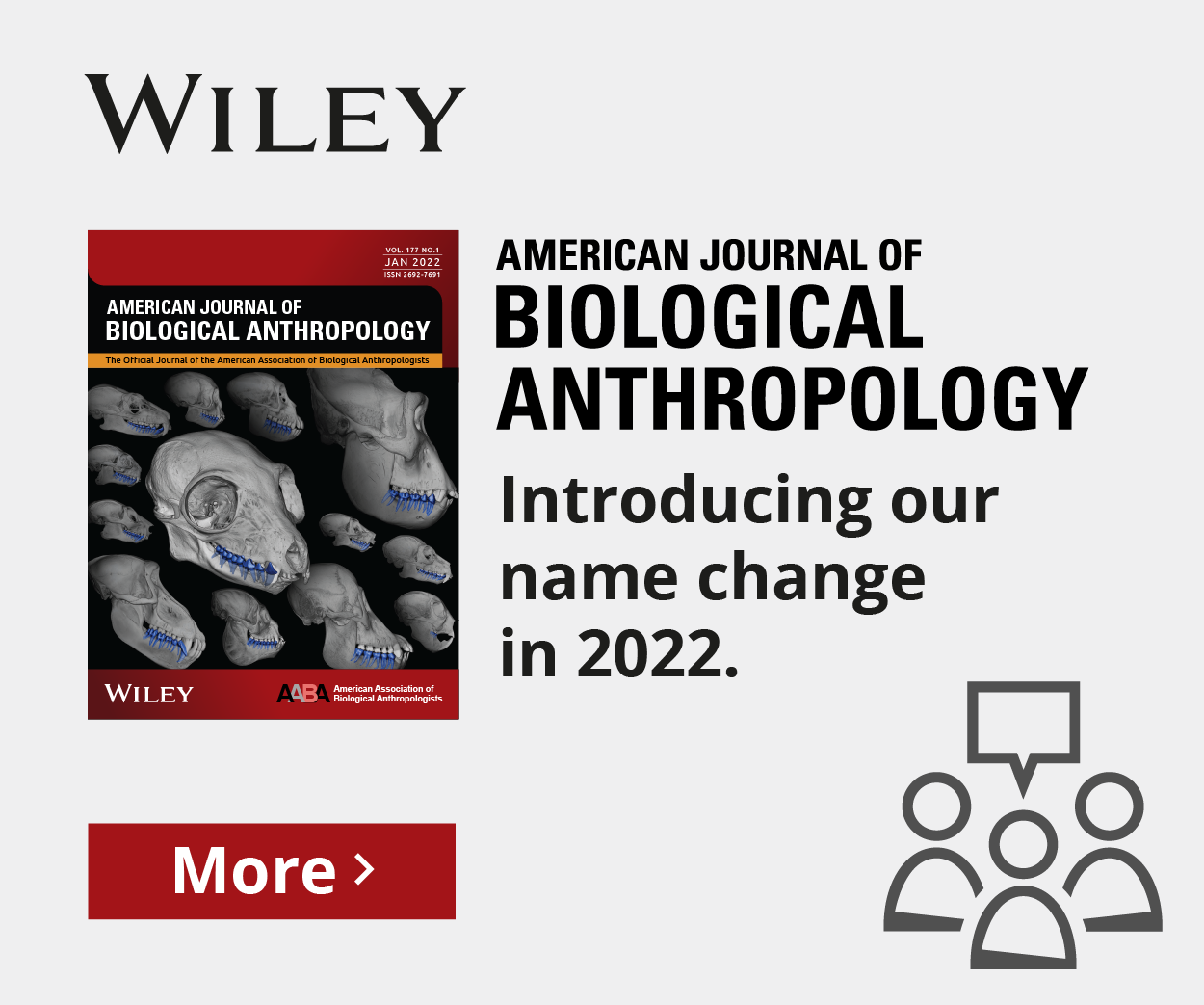Journal list menu
Export Citations
Download PDFs
ISSUE INFORMATION
RESEARCH ARTICLE
The role of sleeping sites in the predator-prey dynamics of leopards and olive baboons
- First Published: 11 December 2018
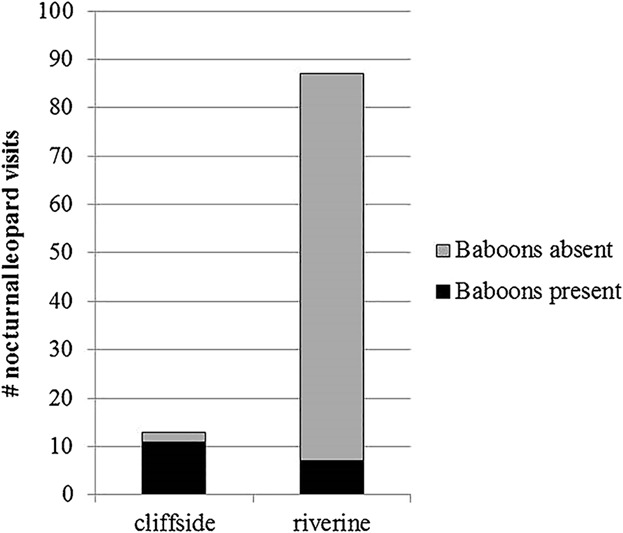
Leopards visited baboon sleeping sites at night largely independent of baboon presence. Baboons preferred cliffside sleeping sites, which leopards visited less often than riverine sites. Leopards spent more time at sleeping sites that were occupied by baboons at night, indicating an interest in hunting them then. Baboon groups may reduce their risk of leopard predation by sharing sleeping sites and delaying morning departure times at riverine sites. Baboons did not change sites frequently, arrive early, or minimize nocturnal vocalizations as would be expected if these behaviors function as antipredator strategies.
COMMENTARY
RESEARCH ARTICLES
Diel and infradian (7-day) activity rhythms in Mexican spider monkeys (Ateles geoffroyi) kept with and without visitor contact
- First Published: 11 December 2018
Comparison of vitamin D metabolites in wild and captive baboons
- First Published: 11 December 2018
Sleeping site and tree selection by Sichuan snub-nosed monkeys (Rhinopithecus roxellana) in Baihe Nature Reserve, Sichuan, China
- First Published: 11 December 2018
On a larger spatial scale, sleeping sites were selected based mainly on four factors: canopy height, slope direction, slope gradient, and vegetation type. On a smaller spatial scale, they selected larger trees with larger crown diameters. The sleeping sites and sleeping sites selections of Rhinopithecus roxellana in temperate habitats should receive more attention in future research.
Personality, environmental stressors, and diarrhea in Rhesus macaques: An interactionist perspective
- First Published: 28 August 2018

We found personality, as well as stressful environments, predicted diarrhea risk and rate in Rhesus macaques. We found multiple interactions between personality and environment, supporting the interactionist perspective on personality and health.
A rhesus monkey's temperament (measured at 90–120 days of age) predicts the number of times they are expected to have diarrhea their first few years of life.
Paternity data and relative testes size as measures of level of sperm competition in the Cercopithecoidea
- First Published: 29 November 2018
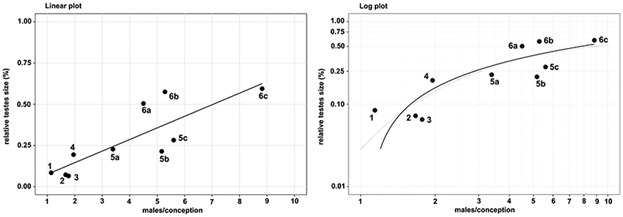
A procedure was recently developed (2018) that uses paternity data to measure sperm competition level directly in terms of males/conception. When first tested on apes and humans (Hominoidea), this measure proved not only to be as effective an analytical tool as the more traditional proxy measure of relative testes size but also to offer a number of advantages. Here, we provide a second test of the procedure, this time using paternity data for Old World monkeys (Cercopithecoidea), and once again demonstrate the procedure's potential efficacy and relative accuracy for future studies of the role of sperm competition in the evolution of sexual traits.
Coping style and cortisol levels in infancy predict hair cortisol following new group formation in captive rhesus macaques (Macaca mulatta)
- First Published: 27 November 2018
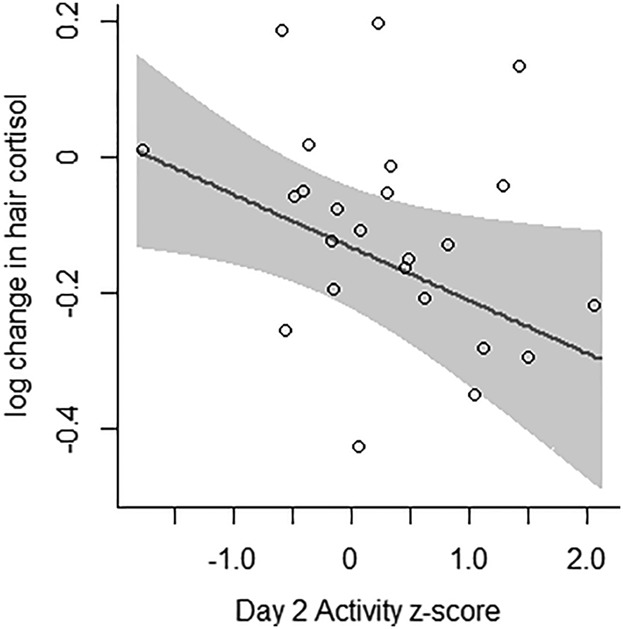
Infant temperament predicted change in hair cortisol after new group formation. Emotional and active individuals had lower hair cortisol in the new group. Blood cortisol response to stressor in infancy predicted hair cortisol in the new group.
Several temperament traits assessed during infancy predicted changes in hair cortisol concentrations following a new group formation of captive rhesus macaques. Individuals who as infants were more Active on Day 2 of BioBehavioral Assessment also had greater decreases in hair cortisol concentrations following a new group formation that took place months or years later.
Genetic and environmental factors in the intergenerational transmission of maternal care in rhesus macaques: Preliminary findings
- First Published: 04 December 2018
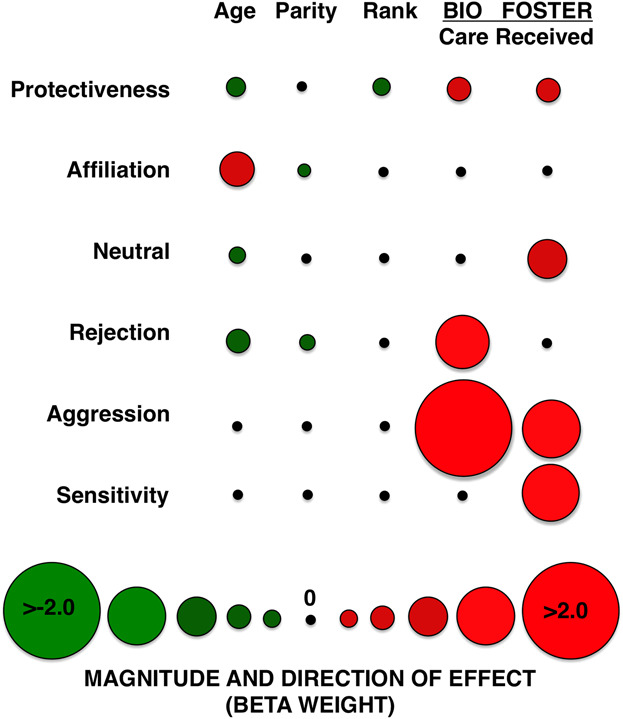
Aspects of macaque maternal behavior were predicted by demographic factors and maternal care received in infancy. The effects of age, parity and social rank were typically small. Maternal care was most strongly predicted by the type of care that females received as infants. However, transmission between generations depended somewhat on relatedness between mother and daughter, suggesting that for some behaviors, maternal care is learned, while for others, genetic predispositions may compound the effects of maternal care. Unexpectedly, in some cases, infants raised by genetically unrelated mothers were more likely to perpetuate the care they received, suggesting that cross-fostering may sensitize infants to their environments.






